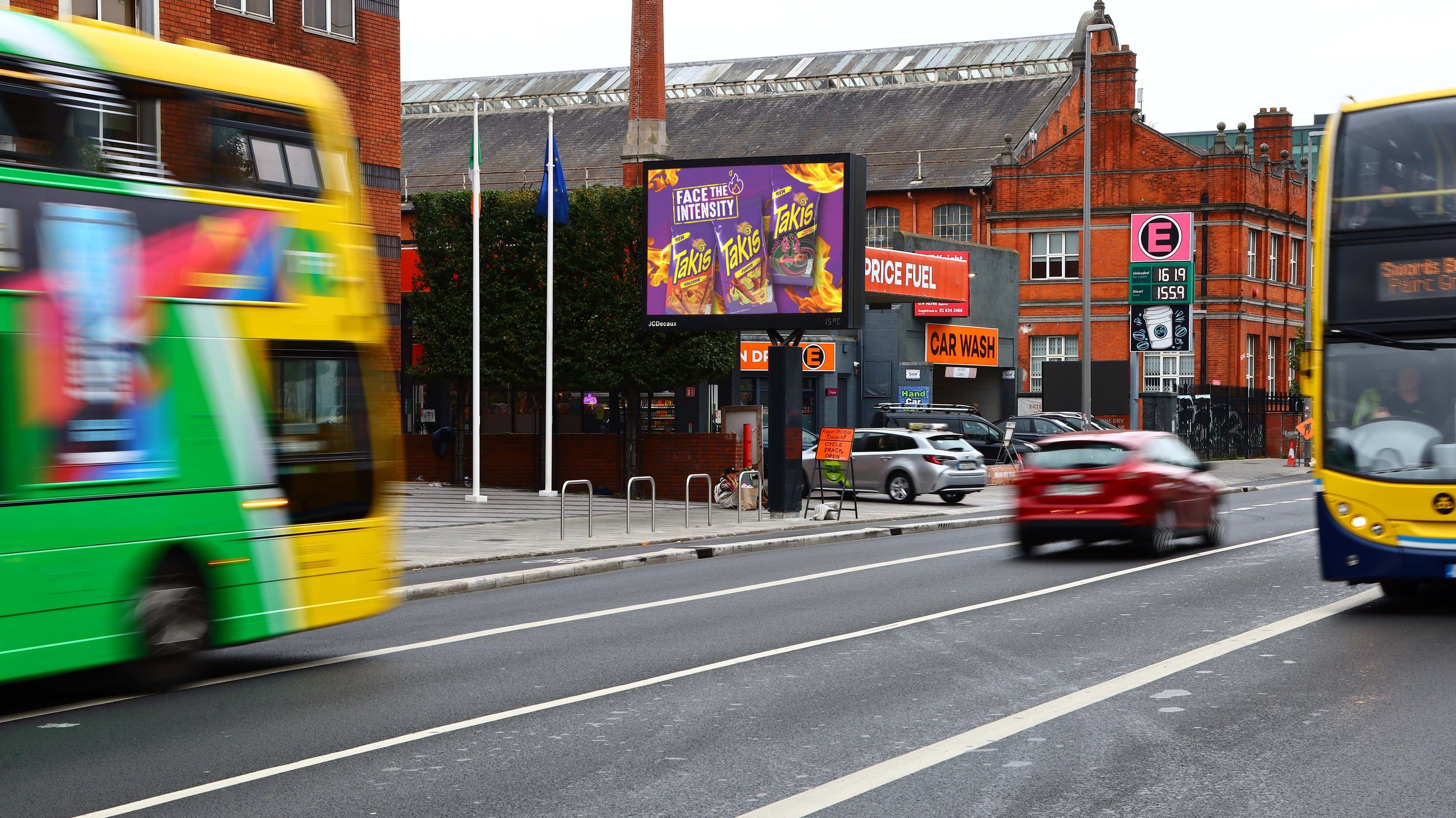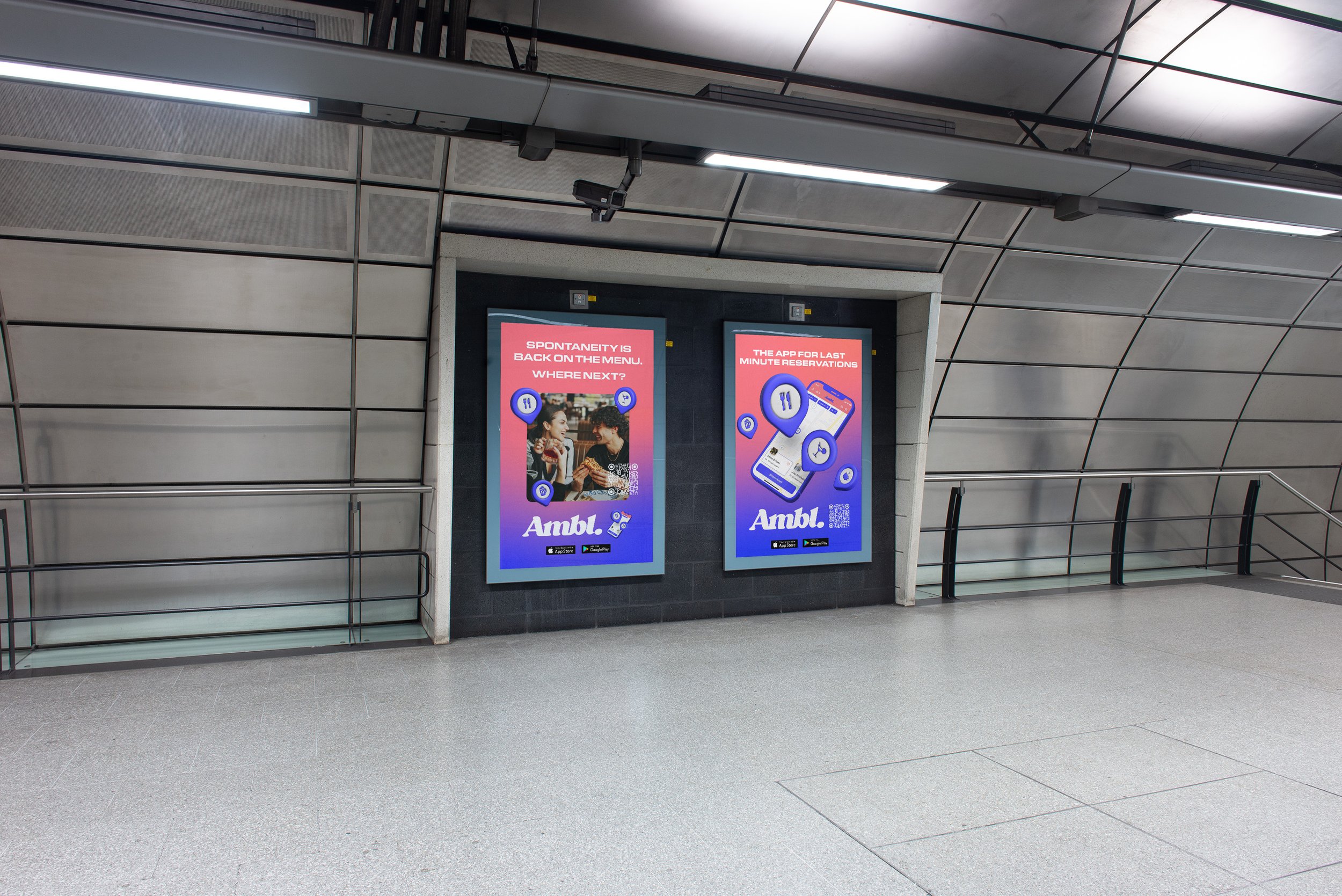Advantages and Disadvantages of Outdoor Advertising
Outdoor Advertising.
Key Takeaways
Outdoor advertising provides high visibility and constant exposure in busy areas, boosting brand awareness and recognition; long‑running campaigns can offer cost‑effective reach and amplify other marketing channels.
Limitations include broad rather than precise targeting, difficulty measuring effectiveness and susceptibility to weather or obstructions; brief exposure times require clear, concise messaging.
Premium placements involve significant upfront costs, and local regulations may restrict creative options; marketers should weigh the benefits of broad reach against cost, targeting and measurement constraints.
Outdoor advertising is a powerful marketing tool that offers both advantages and disadvantages for businesses. Here's a comprehensive look at both sides of outdoor advertising to help you understand its potential impact on your marketing strategy.
Advantages of Outdoor Advertising
High Visibility and Reach
Outdoor advertising has the potential to reach a large audience, especially in high-traffic areas. Unlike other media, it offers 24/7 exposure, allowing your message to be seen by countless people as they go about their daily lives. Placing your ads in strategic locations ensures that your brand remains visible to the public, making it ideal for broad-reaching campaigns.
Brand Awareness and Recognition
One of the strongest benefits of outdoor advertising is its ability to enhance brand recognition. The large-scale, visually striking nature of outdoor ads can leave a lasting impression on viewers, reinforcing brand identity and increasing familiarity. When people repeatedly see a well-designed outdoor ad, it helps build a sense of trust and recognition that translates into brand loyalty over time.
Cost-effective for Long-Term Campaigns
While initial costs can be high, outdoor advertising can be cost-effective in the long run, especially for extended campaigns. It offers a lower cost per thousand impressions (CPM) compared to many other advertising media. This is particularly true when the location of the ad ensures consistent and repeated exposure to a large audience.
Amplifies Other Marketing Channels
Outdoor advertising can significantly boost the effectiveness of your other marketing efforts. It serves as a complementary tool to digital and traditional campaigns, increasing overall brand visibility and helping reinforce your message. According to the Outdoor Advertising Association of America (OAAA), outdoor advertising can amplify the reach of other marketing channels by up to 90% in a given week.
Disadvantages of Outdoor Advertising
Limited Targeting Capabilities
Unlike digital advertising, outdoor ads lack precise audience targeting. They rely on broad exposure rather than reaching specific demographics or interests, which can lead to wasted impressions. If your brand has a niche market, outdoor advertising may not be the most efficient way to reach your audience.
Difficulty in Measuring Effectiveness
Tracking the performance and return on investment (ROI) of outdoor advertising campaigns can be challenging. Unlike digital ads, where you can easily monitor clicks and conversions, it's harder to directly attribute sales or leads to outdoor advertising efforts. This lack of detailed analytics makes it difficult for businesses to measure the success of their campaigns and justify the investment.
Environmental Factors and Visibility Issues
Outdoor ads are susceptible to weather conditions, vandalism, and other environmental factors that can affect their visibility and durability. Poor weather or physical obstructions can significantly reduce an ad's effectiveness, making it less impactful or even completely unnoticed by the public.
Brief Exposure Time
Outdoor ads, especially billboards, are typically viewed for only a few seconds as people pass by. This brevity limits the amount of information that can be effectively communicated, making it difficult to convey complex messages or detailed contact information. The key to successful outdoor advertising is to keep the message clear, concise, and easy to grasp at a glance.
High Initial Costs
The upfront costs for outdoor advertising, particularly for premium locations, can be substantial. High-traffic areas, such as popular intersections or near major landmarks, command premium rates. This can make outdoor advertising less accessible for small businesses or those with limited marketing budgets.
Regulatory Restrictions
Outdoor advertising is subject to various local regulations and zoning laws. These restrictions can limit placement options and creative freedom, potentially impacting the effectiveness of campaigns. Businesses need to be aware of these regulations to avoid potential fines and ensure their ads are in compliance with local rules.
Conclusion
Outdoor advertising offers significant benefits in terms of visibility, brand building, and amplifying other marketing channels, but it comes with challenges in targeting, measurement, and cost. Businesses should carefully consider these factors when deciding if outdoor advertising aligns with their marketing objectives and budget. Despite its limitations, when used strategically, outdoor advertising can be an effective way to make a lasting impression on a broad audience.
Related Reading
The benefits of OOH advertising
Whats the difference between OOH and DOOH?











